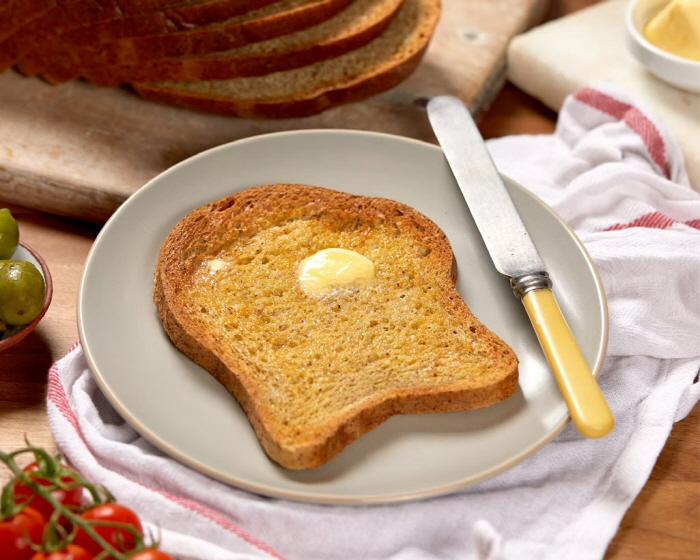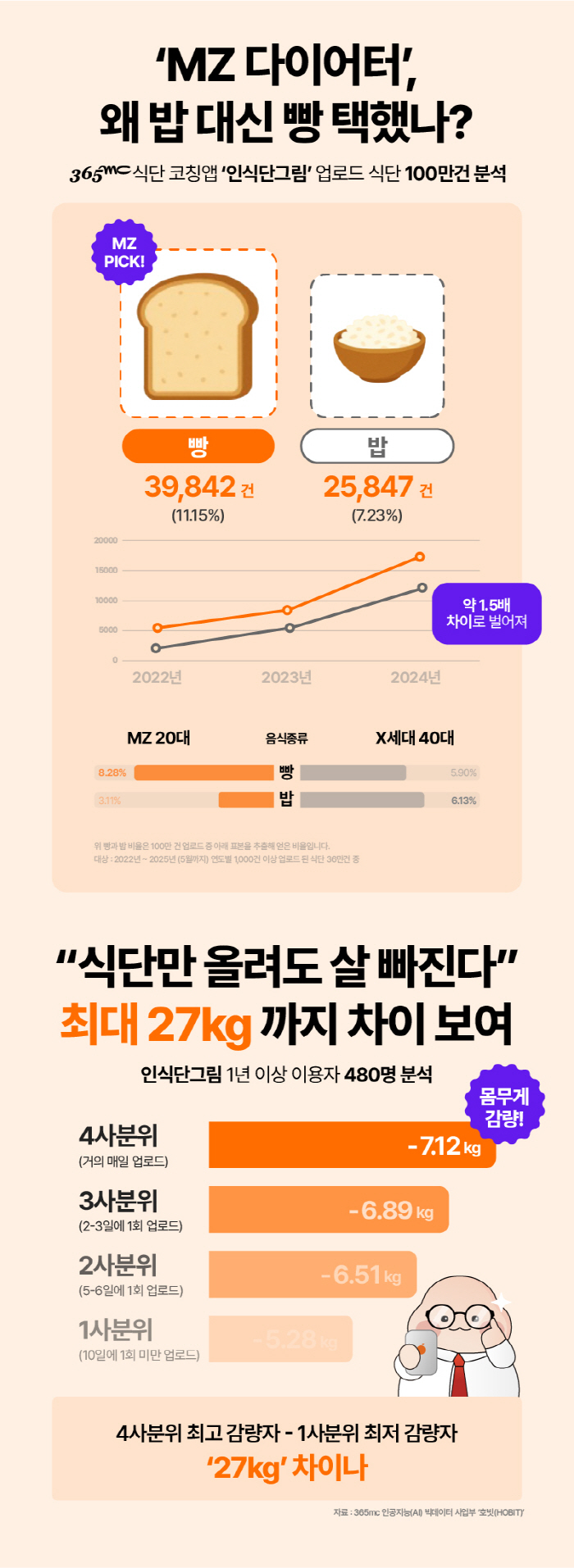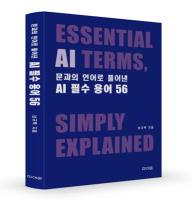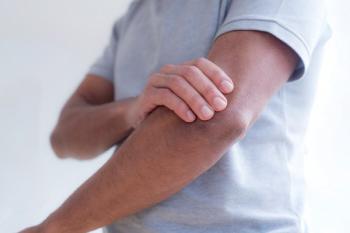I eat this instead of rice during the MZ generation diet
Jul 28, 2025
|
Experts explained that diet is not just restricting food, but is changing in a way that is sustainable in individual lifestyles and daily lives. It is said that 'when and how to consistently practice' is more important than 'what to eat'.
◇"MZ applies efficiency and routine to diet...Easy-Fast Meals Preferred"
The cumulative number of diet uploads of the diet coaching application (hereinafter referred to as the app) 'recognition unit' operated by 365mc, a medical institution specializing in liposuction, recently exceeded 1 million. In response, the 365mc big data analysis team, Hobit, announced the results of analyzing more than 360,000 meals registered annually from 2022 to May.
As a result of the analysis, the menu most frequently selected by app users during the diet period was 'bread (including sandwiches).' Over three years, 39,842 cumulative uploads accounted for 11.15% of the total. △ Salad 35,117 (9.83%) △ Eggs 29,866 (8.36%) △ Rice (including bibimbap and fried rice) 25,847 (7.23%) △ Chicken breast 19,259 (5.39%) followed.
Meat, which has a strong perception that it will not be helpful for dieting, also ranked in the top ranks with 14,445 cases (4.04%) unexpectedly high proportion.
It should be noted that they choose bread that can be easily consumed more often than rice prepared between dieters. Of the total upload diet, bread was approximately 1.5 times more than rice, the same carbohydrate group. In particular, the number of breads increased significantly from 5,076 in 2022 to 17,205 last year, more than tripling in three years.
The younger the generation, the more clearly there was a tendency to make 'bread' as the center of the meal instead of 'bap'.
Based on the diet of more than 50 uploads by age group last year, those in their 20s, who represent the MZ generation, had more than twice as much bread as rice (3.11%), and those in their 30s also had bread (6.52%) ahead of rice (5.21%). On the other hand, those in their 40s, who are Generation X, still had more rice (6.13%) than bread (5.90%). In the 50s, rice (11.5%) was similar to bread (12.4%), and consumption of meat and protein supplement drinks was also remarkable.
Experts interpreted these results as a sign that the overall eating method is changing in a direction that values convenience and efficiency rather than a simple change in food taste.
Jeon Eun-bok, director of the Center for Diet and Nutrition at the Global 365mc Daejeon Hospital, said, `In the past, dieting focused on what limits, but now 'when, where, and how to eat' is more important.'"Rice needs side dishes and a dining environment, but bread can be eaten quickly and easily on the go or during work without much preparation, drawing attention as an efficient way of eating with little time and place constraints.", he explained.
"This trend reflects the lifestyle of the MZ generation, which values efficiency, routine and diversity. Bread has a wide range of choices in various types and flavors, so you can enjoy it according to your taste, and it is easy to store, so you can flexibly adjust the amount of meals according to your routine, which is increasing in preference among the younger generation."," he added.
◇If you 'certify' even one meal a day, you lose weight...Difference up to '27 kg'
On the other hand, data analysis in the app showed that users who consistently recorded their diet had a greater average weight loss. As a result of analyzing 480 dieters who used the recognition unit for more than a year, it was confirmed that the act of regularly uploading diets had a positive effect on weight loss.
According to the analysis, we first divided them into four groups according to the frequency of diet uploads. At this time, it was confirmed that the group with the highest upload frequency (4th quartile) lost 2kg more weight on average compared to the group with the lowest frequency (1st quartile).
Overall, the degree of weight loss increased according to the frequency of uploads. Specifically, △1st quartile 5.28 kg (upload less than once every 10 days) △2nd quartile 6.51 kg (upload once every 5 to 6 days) △3rd quartile 6.89 kg (upload once every 2-3 days) △4th quartile 7.12 kg (upload almost every day).
In particular, the weight loss range between those who lost the most of the fourth quartile and those who lost the least of the first quartile was 27 kg. This is interpreted as a result of the process of frequently recording and disclosing diets to others continuously monitoring eating habits and being more careful in choosing a diet through monitoring effects.
In response, Jeon said, "Revealing your meals to others has a monitoring effect, making you more careful about your diet choices." "In fact, records that are conscious of the eyes of third parties can help reduce unconscious overeating and improve diet persistence.", he explained.
It also emphasized that the distinction of recognition unit drawings lies not in AI algorithm-based advice, but in the 'human touching' service, which is coached 1:1 by diet professional nutritionists. The key is that it provides customized feedback considering the user's lifestyle, body shape, and emotional changes, not just analyzing data and advising mechanically. "This is more competitive in that it enables a sustainable and healthy diet than short-term weight loss" he added.
|
This article was translated by Naver AI translator.















